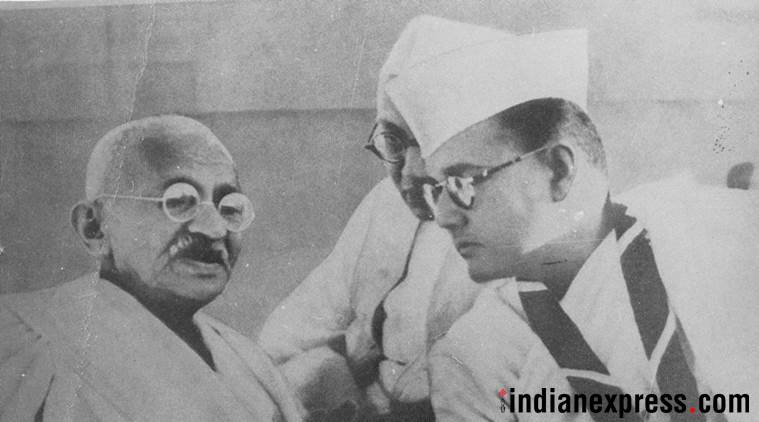A Grand Narrative
A rediscovery is afoot of forgotten heroes and civilisational ethos.

It is the collective awareness about our accomplishments achieved through the ages that fills us with a will that propels us. Instilling heroes and heroic struggles in anyone’s consciousness is an important way to build a strong society, nation or civilisation. Prime Minister Narendra Modi has been at the forefront of shaping a grand narrative of civilisational awareness within the younger generations.
Using waterways is both economically and ecologically prudent. Despite possessing a 7,500 km-long coastline and many rivers of civilisational significance, India hadn’t really utilised this means of transport in modern times. It is the Modi government that is making a great effort to reap this potential with inland waterways projects and port development under “Sagarmala”. Has this model emanated from a deep sense of history?
In 2016, PM Modi inaugurated the Maritime Investment Summit 2016. Can you guess who he remembered on the occasion? B R Ambedkar. You need to acknowledge PM Modi’s sense of history when he said, “Many of us may not know that Babasaheb created two powerful institutions related to water, navigation and power. They were: The Central Waterways, Irrigation and Navigation Commission and The Central Technical Power Board. Dr Ambedkar is also the architect of the water and river navigation policy in India.”
In the 38th edition of ‘Mann Ki Baat’, speaking of the glorious history of India as a naval power, he said, “Very few people might be aware that most navies of the world allowed women on warships much later. But in the Chola navy, a large number of women played leading roles and that too about 800-900 years ago.” Today, he is also reviving India as a naval power with the strategic actions around Iran’s Chabahar port and Myanmar’s Sittwe port.
It is to the credit of PM Modi that he broke the monopolisation of credit for building modern India. Netaji Subhash Chandra Bose’s heroic memory has been in the spotlight because of PM Modi’s efforts. He declassified the documents related to Netaji and hoisted the national flag on Red Fort to commemorate the 75th anniversary of the formation of the ‘Azad Hind Government’. The INA trials at the Red Fort are well known but what is also well known is that the building in which the trials happened lay forgotten inside the Red Fort Complex. On Netaji Subhas Bose’s jayanti this year, the PM inaugurated a museum in the same building dedicated to Netaji and INA. The museum forms part of the complex of four museums which are collectively known as “Kranti Mandir.” Museums dedicated to the 1857 War of Independence and the Jallianwala Bagh massacre also form part of the complex.
Almost every political party has used Ambedkar’s name but a meaningful tribute had always eluded him. It took the Modi government to develop five important places related to Babasaheb’s life as “Panchateerth’. Generations to come will remember that it is Narendra Modi in his capacity both as chief minister of Gujarat initially and then as prime minister who ensured a fitting tribute to the man who unified India — Sardar Vallabhbhai Patel — with the tallest statue in the world. Through Swachh Bharat, the revival of khadi, setting up of a National Salt Satyagraha Memorial at Dandi, Mahatma Gandhi’s memory and ideals have always remained at the centrestage.






































No hay comentarios:
Publicar un comentario